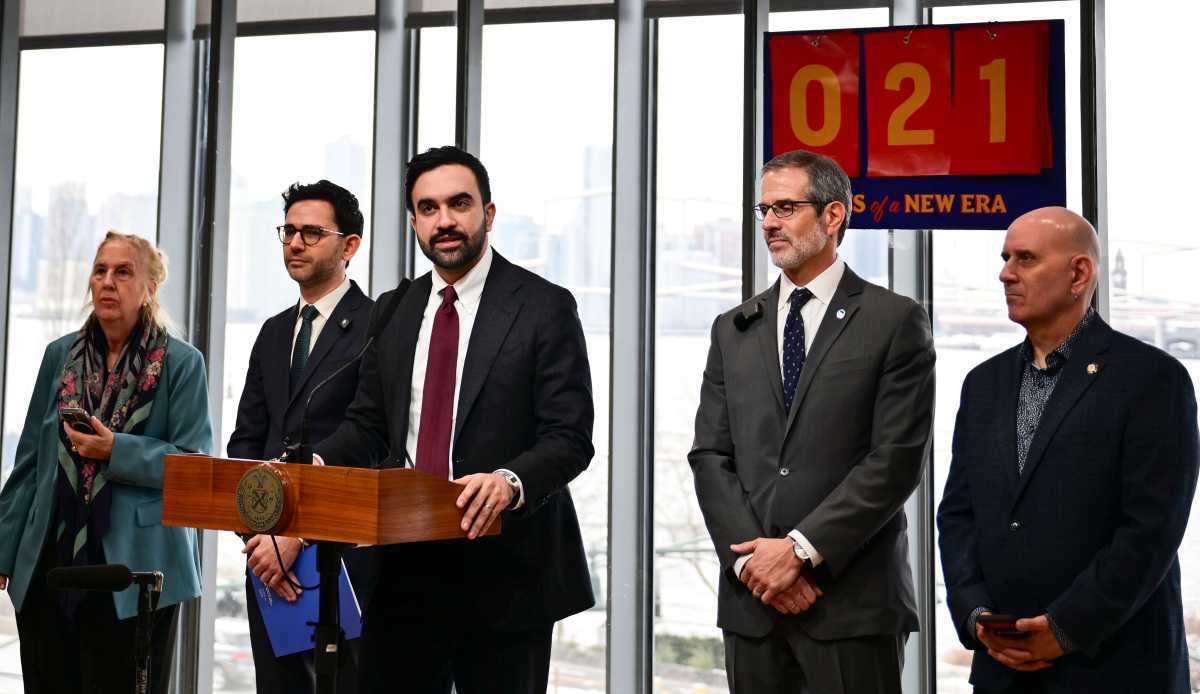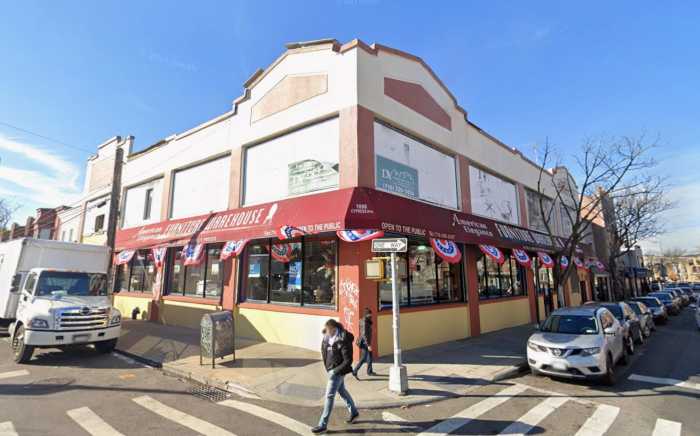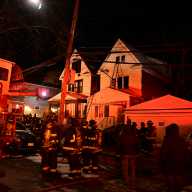By Patrick Donachie
Students who live in northeastern Queens graduate from high school on-time after four years more than in almost any other area in the city, a new report found. In parts of southeastern Queens, however, the situation is more fraught.
The new information comes from an analysis by Measure for America, a research initiative of the Social Science Research Council. The report, released May 11, analyzes high school graduation rate data from 2014 in all of the New York City’s 59 community board districts. The data set enabled Measure for America to analyze the graduation rates of students based on where they lived, as opposed to where they went to school.
The districts with the third and fourth highest on-time graduation rates were both in Queens. Community Board 11, which includes Bayside, Douglaston and Little Neck, had a graduation rate of 92.2 percent, while 91 percent of students in Community Board 6 graduated on time. CB 6 includes Forest Hills and Rego Park.
The report concluded that Manhattan Community Boards 1 and 2, which include Battery Park City, Soho and Greenwich Village, have the highest graduation rates in the city, with more than 95 percent of students graduating in four years. The Bronx’s Community Board 5, which includes Morris Heights, Fordham South and Mount Hope, had the lowest rate, with only 61 percent of students graduating in a four-year time span.
Overall, on-time graduation rates increased to 71 percent in 2015 from 47 percent in 2005, according to data from the Department of Education that was analyzed in the report.
Based on the analysis, the Queens district with the lowest on-time graduation rate was Community Board 14, which includes Far Rockaway, Breezy Point and Broad Channel. Students living in the district graduated on time 67.7 percent of the time. It ranked 49th out of the total 59 districts in the city.
The report concluded that a child’s neighborhood or community district is a pertinent barometer for on-time graduation performance, despite the increasing availability of school choice as an option for students and parents.
“The city’s school choice program does provide benefits to some children,” said Karen Lewis, the co-director of Measure for America. “But it rests on the assumption that all kids have adults in their lives with the time, language skills, social networks, and financial resources required to navigate this bewildering process. Unfortunately, many don’t.”
Reach reporter Patrick Donachie by e-mail at pdona
































